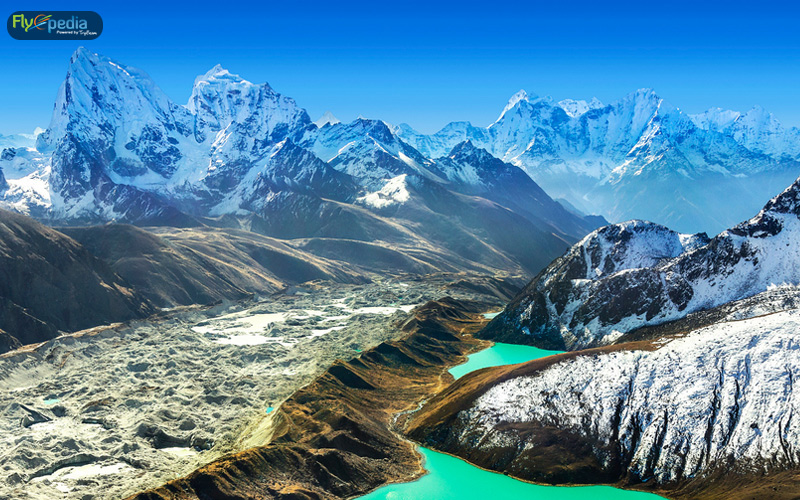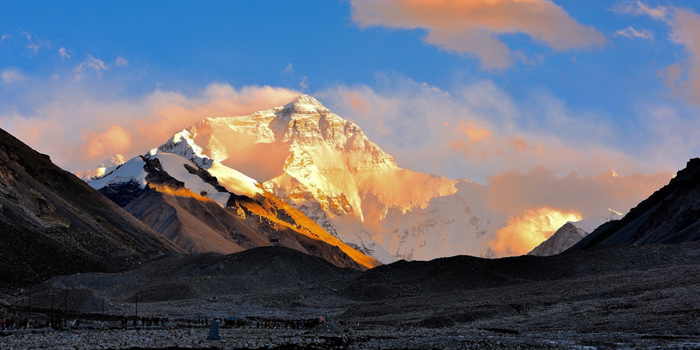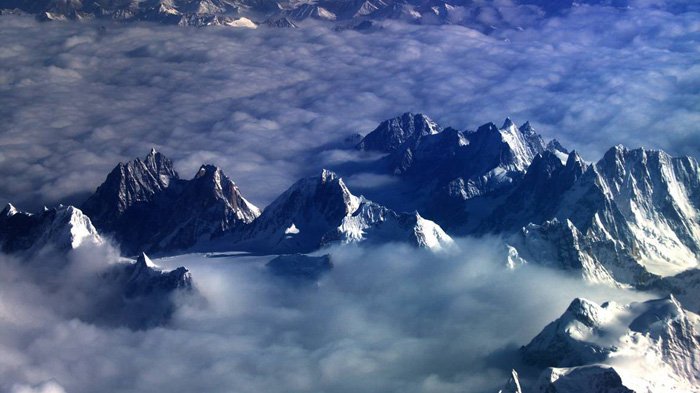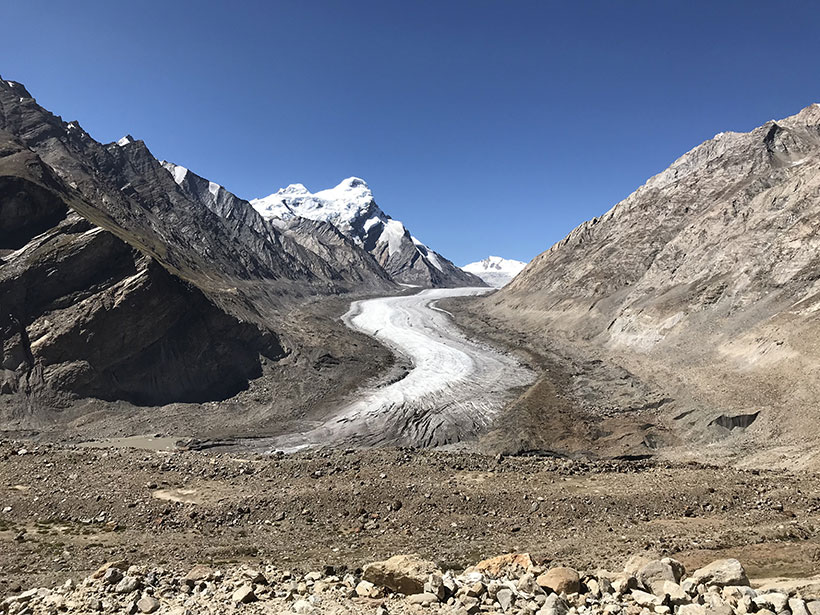Himalayas: India’s Majestic Mountains

Introduction to the Himalayas
History and Origin of the Himalayan Mountains
The Himalayas, often referred to as the “abode of snow,” hold a rich geological history. Formed approximately 50 million years ago, these majestic mountains arose from the collision of the Indian and Eurasian tectonic plates. This relentless force gave birth to towering peaks and vast valleys, creating an ecological treasure trove.
Geographic Location and Spread
Nestled across five countries—India, Nepal, Bhutan, China, and Pakistan—the Himalayas stretch over 1,500 miles. They not only dominate the skyline but also influence the climate and lifestyles across the subcontinent. Key features include:
- Major Peaks : Mount Everest, K2, Kanchenjunga
- Unique Passes : Manali-Leh, Nathu La
- Diverse Ecosystems : From lush forests to arid plateaus
The sheer scale and diversity of the Himalayas captivate adventurers and nature lovers alike.

Biodiversity in the Himalayan Region
Flora and Fauna Diversity in the Himalayas
The Himalayas are a biodiversity hotspot, teeming with unique species that thrive in its diverse climates. From the lofty peaks to the verdant valleys, the region showcases an array of flora and fauna. Some notable examples include:
- Flora : Rhododendrons, medicinal herbs, and conifers.
- Fauna : Snow leopards, red pandas, and various endemic bird species.
Conservation Efforts and Challenges
Despite its rich biodiversity, the Himalayan region faces significant conservation challenges. Efforts are underway to protect habitats, such as:
- Establishing national parks and wildlife sanctuaries.
- Community-based conservation initiatives.
Yet, threats like poaching, climate change, and habitat degradation persist, making continued awareness and action essential to sustain this remarkable ecosystem.

Cultural Significance of the Himalayas
Spiritual and Religious Importance
The Himalayas are not just a geographical marvel; they hold profound spiritual significance for millions. Considered the dwelling place of gods in Hinduism and Buddhism, these mountains are revered as sacred. Many pilgrimage sites, like the Kedarnath and Amarnath shrines, attract devotees seeking spiritual solace.
- Pilgrimage Practices : Rituals and festivals occur throughout the year.
- Sacred Texts : Mention of the Himalayas in ancient scriptures reinforces their importance.
Influence on Local Traditions and Lifestyle
The cultural tapestry of Himalayan communities is vibrant, influenced by the mountains’ majesty. Locals often integrate nature into their daily practices:
- Festivals : Celebrations like Dashain and Losar are steeped in mountain lore.
- Art and Music : Traditional crafts and folk tunes reflect the breathtaking landscapes.
These traditions foster a strong connection between the people and their environment, shaping lifestyles deeply rooted in respect for the Himalayas.

Mountaineering and Adventure Tourism in the Himalayas
Famous Peaks and Expeditions
The allure of the Himalayas draws adventurers from across the globe. Famous peaks such as Mount Everest, Annapurna, and Nanga Parbat not only challenge climbers but also offer breathtaking vistas. Popular expeditions include:
- Everest Base Camp Trek : A scenic journey to the world’s highest peak.
- K2 Climb : Known for its difficulty, attracting elite mountaineers.
Safety Measures and Regulations
While adventure beckons, safety is paramount in Himalayan expeditions. Important regulations and practices include:
- Permit Requirements : Climbers must secure permits for specific areas.
- Health Assessments : Acclimatization is crucial to prevent altitude sickness.
- Guided Tours : Hiring experienced guides enhances safety and local knowledge.
Understanding and adhering to these measures ensures a safe and memorable Himalayan adventure, balancing thrill with responsibility.

Climate and Weather Patterns in the Himalayan Region
Seasonal Changes and Impact on Ecosystem
The Himalayas experience distinct seasonal changes, influencing both the climate and ecosystem. From heavy snowfall in winter to monsoon rains in summer, these shifts affect flora and fauna alike.
- Spring : Wildflowers bloom, attracting pollinators.
- Monsoon : Rain revitalizes rivers but can trigger landslides.
Such variations shape the living conditions of countless species and the livelihoods of local communities.
Climate Change Effects on the Himalayan Glaciers
However, the impacts of climate change pose significant threats to the Himalayan landscape. Glaciers are retreating at alarming rates, leading to:
- Water Scarcity : Reduced meltwater during dry seasons.
- Glacial Lake Outburst Floods (GLOFs) : Increased risk of catastrophic floods.
These changes disrupt not only environmental stability but also the cultural and economic fabric woven by the communities relying on these resources. Addressing climate concerns is critical to preserving the region’s fragile ecosystem.

Economic Importance of the Himalayas
Agriculture and Livelihoods in the Himalayan Region
The Himalayas significantly contribute to the livelihoods of millions residing in this breathtaking region. Agriculture is the backbone of local economies, with farmers cultivating unique crops adapted to the mountainous terrain. Key agricultural practices include:
- Terrace Farming : Maximizes limited flat land.
- Cash Crops : Production of apples, ginger, and other high-value crops.
These practices allow communities to thrive despite the challenges posed by altitude and climate.
Hydroelectric Power Generation and Water Resources
In addition to agriculture, the Himalayas play a critical role in hydroelectric power generation. The numerous rivers flowing down from the mountains create ideal conditions for:
- Hydropower Plants : Contributing to sustainable energy, with major projects like the Bhakhra Dam.
- Irrigation : Supporting agricultural productivity and water management.
Harnessing these water resources not only fuels local economies but also supports broader renewable energy initiatives, highlighting the Himalayas’ immense economic value.

Challenges and Threats Faced by the Himalayan Environment
Deforestation and Wildlife Poaching
Despite its majestic beauty, the Himalayan environment faces significant challenges. Deforestation, driven by logging and agriculture expansion, threatens the delicate balance of this ecosystem. Coupled with this is the alarming rate of wildlife poaching, targeting species like snow leopards and red pandas for their fur and body parts.
- Impact on Biodiversity : Loss of habitat endangers countless species.
- Community Impact : Local communities that depend on forests for livelihoods face declining resources.
Pollution and Waste Management Issues
In addition to ecological threats, pollution is a growing concern in the Himalayas. Increased tourism leads to waste management problems, particularly in popular trekking regions.
- Plastic Pollution : Littering from tourists and inadequate disposal systems.
- Air and Water Quality : Increased vehicle emissions and waste runoff.
These pollution challenges undermine the natural beauty and health of the region, emphasizing the urgent need for conservation efforts and sustainable tourism practices.

Future Prospects and Sustainable Development in the Himalayas
Green Initiatives and Eco-Tourism
Amidst the challenges, there’s a growing commitment to sustainable development in the Himalayas. Green initiatives focus on preserving the environment while promoting responsible travel.
- Eco-Tourism : Promoting small-scale, environmentally-friendly tourism.
- Local Conservation Projects : Community-led efforts to restore habitats and reduce waste.
These initiatives not only protect the natural beauty but also enhance visitor experiences.
Community Involvement and Empowerment
Sustainable development thrives on community involvement, empowering locals to take charge of their resources. Programs that educate residents about environmental stewardship foster a sense of ownership.
- Skill Development : Training locals in sustainable practices and green jobs.
- Participatory Governance : Encouraging input on tourism and conservation policies.
By actively engaging communities, the Himalayas can pave the way for a harmonious balance between conservation and development, ensuring a sustainable future for both nature and its people.




